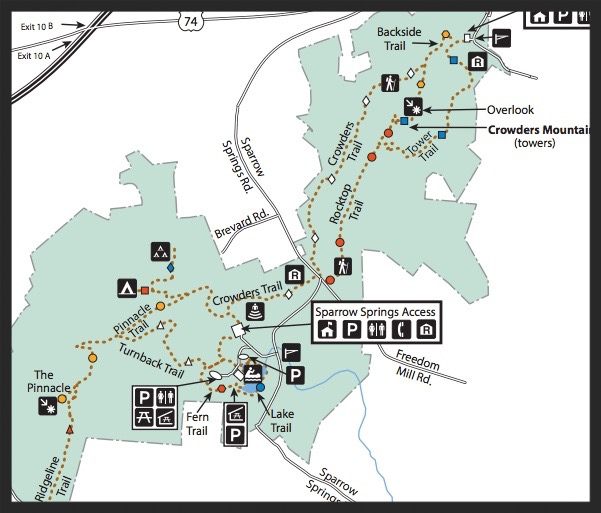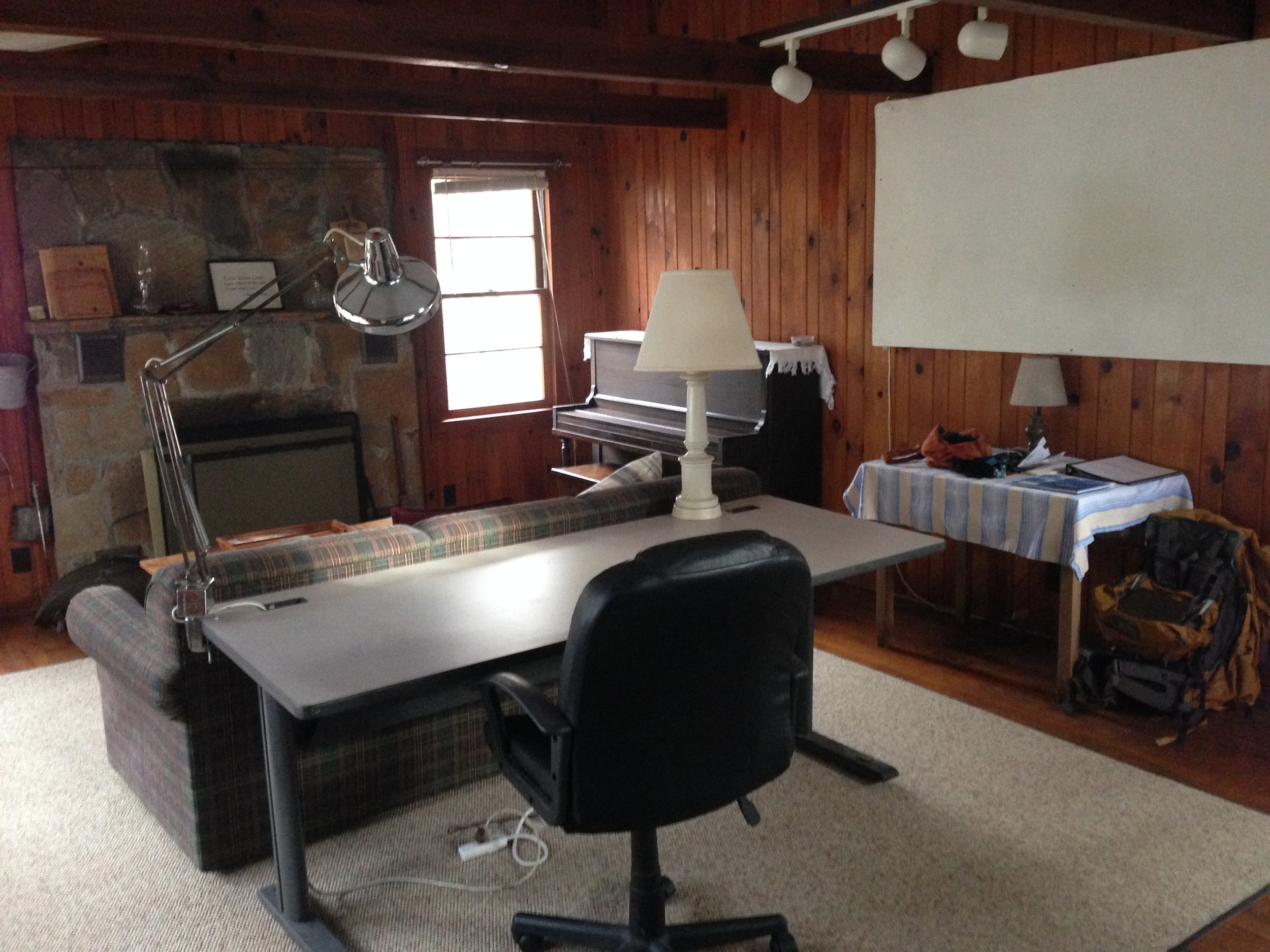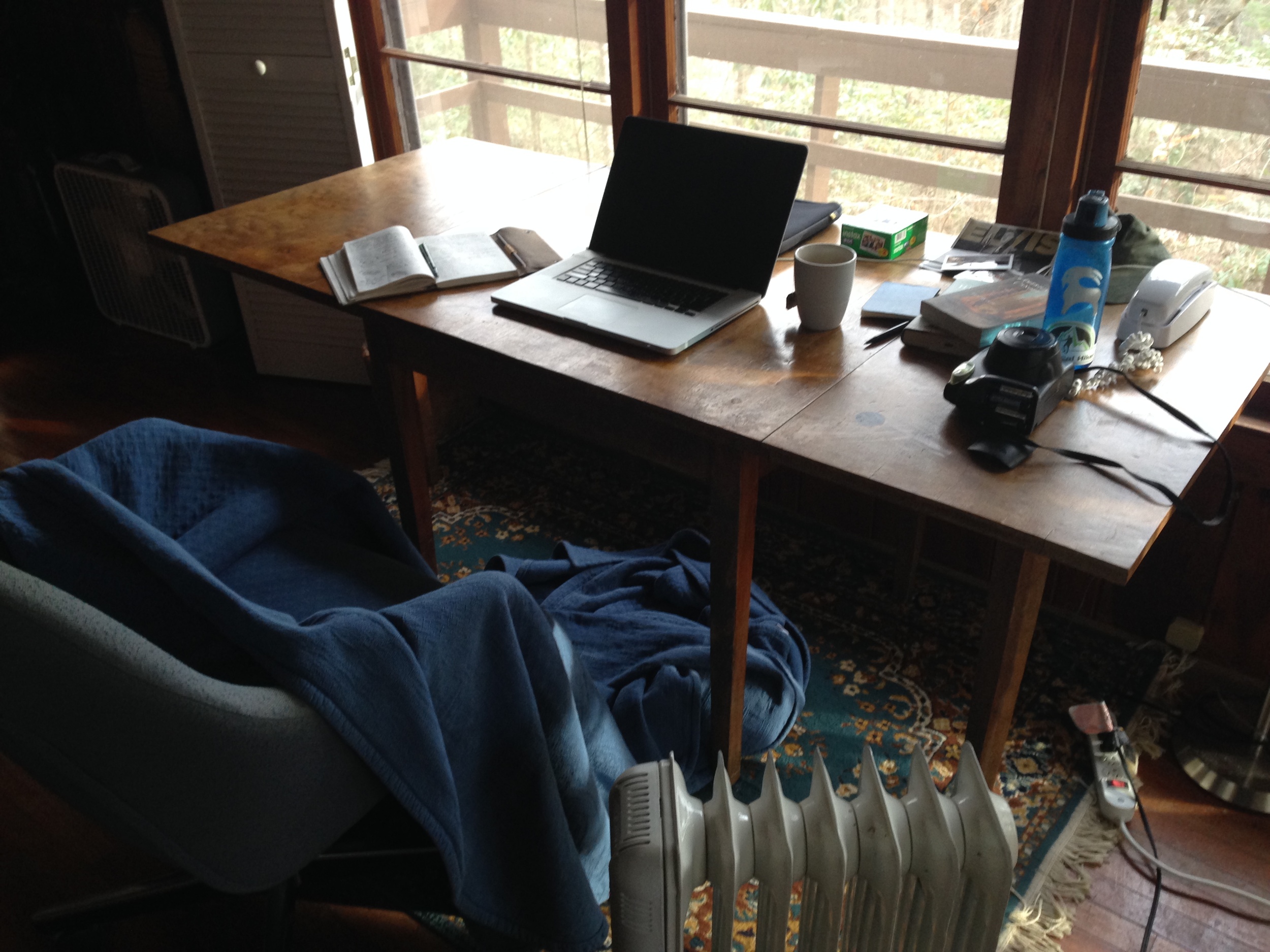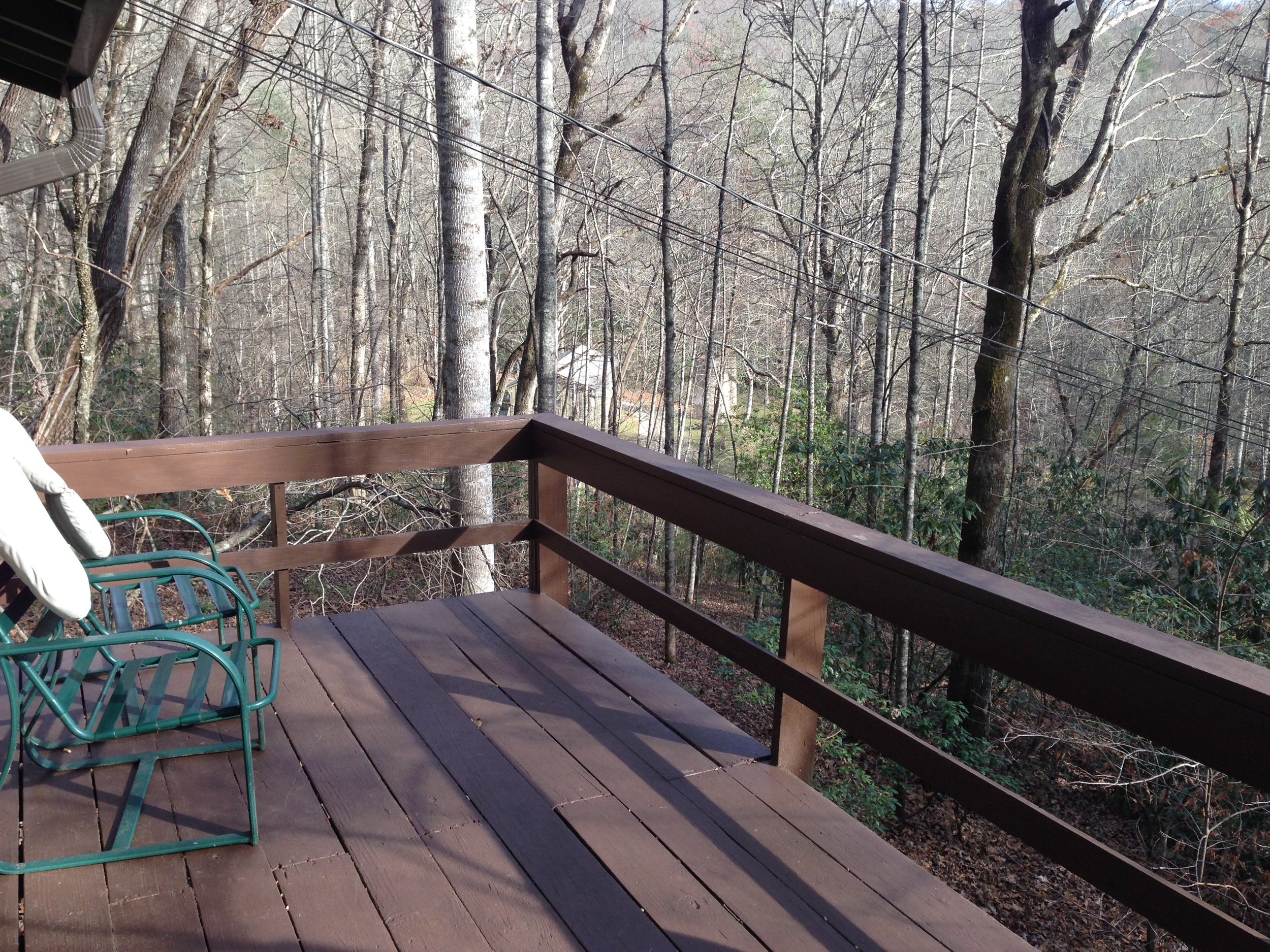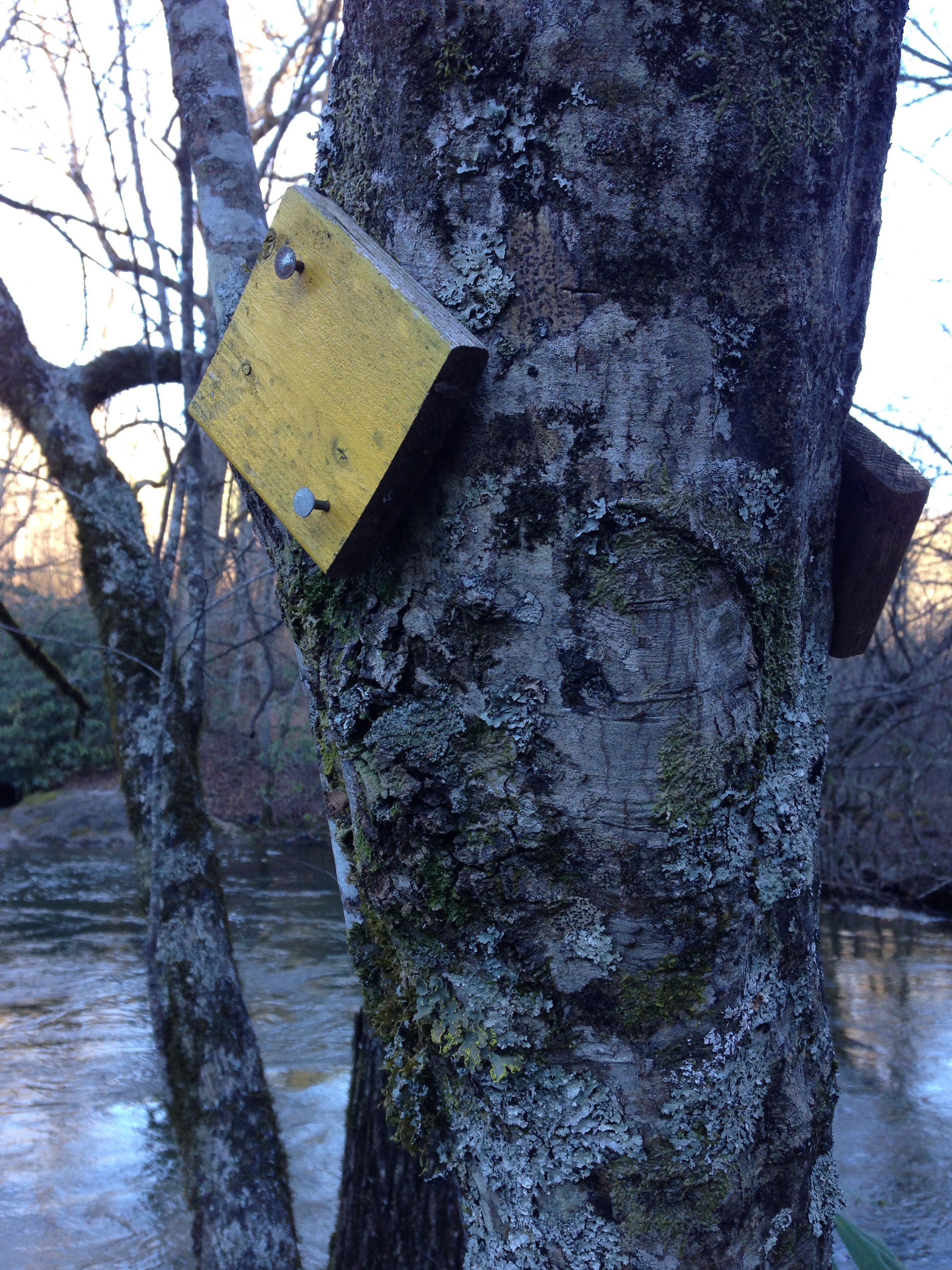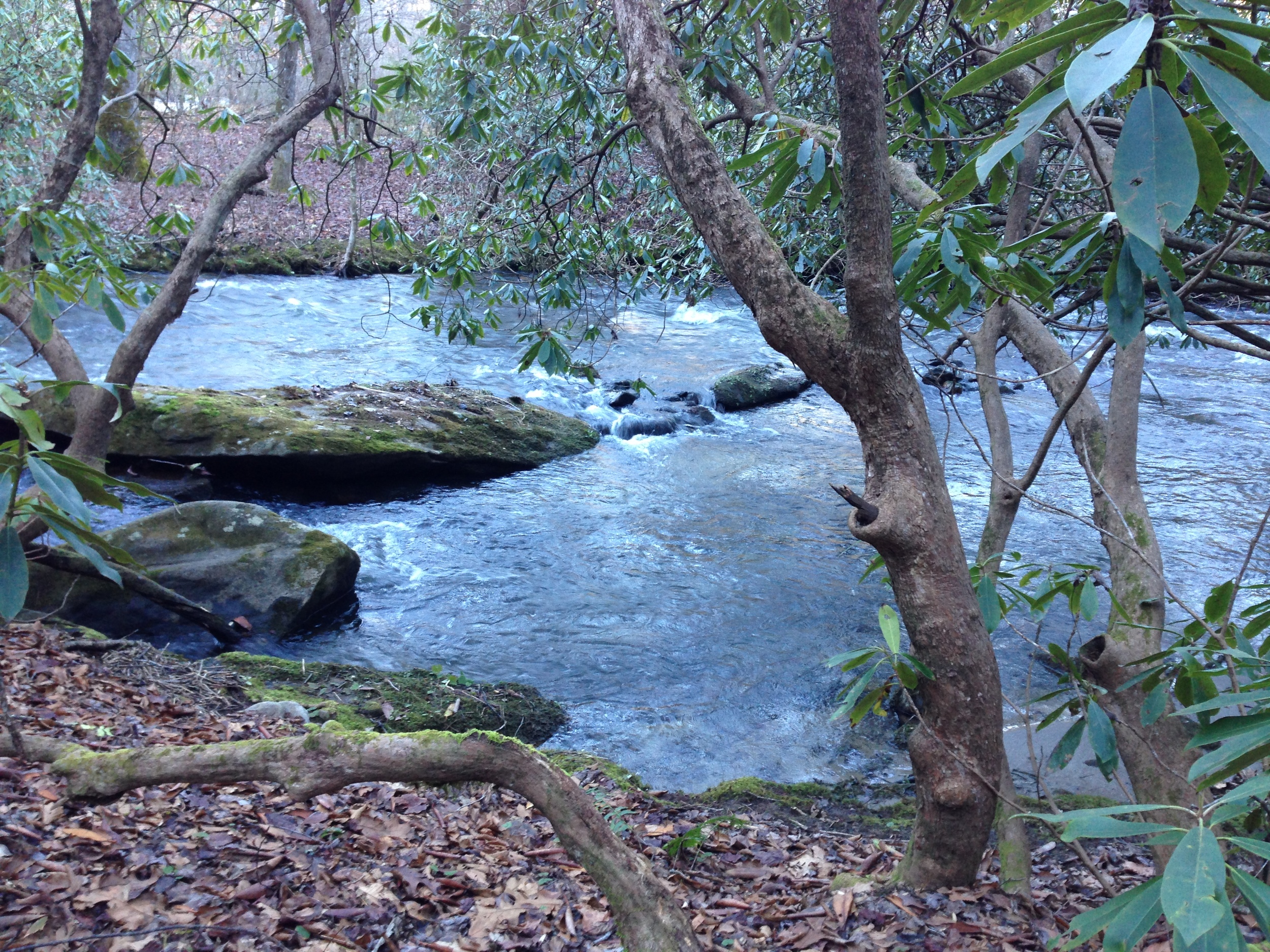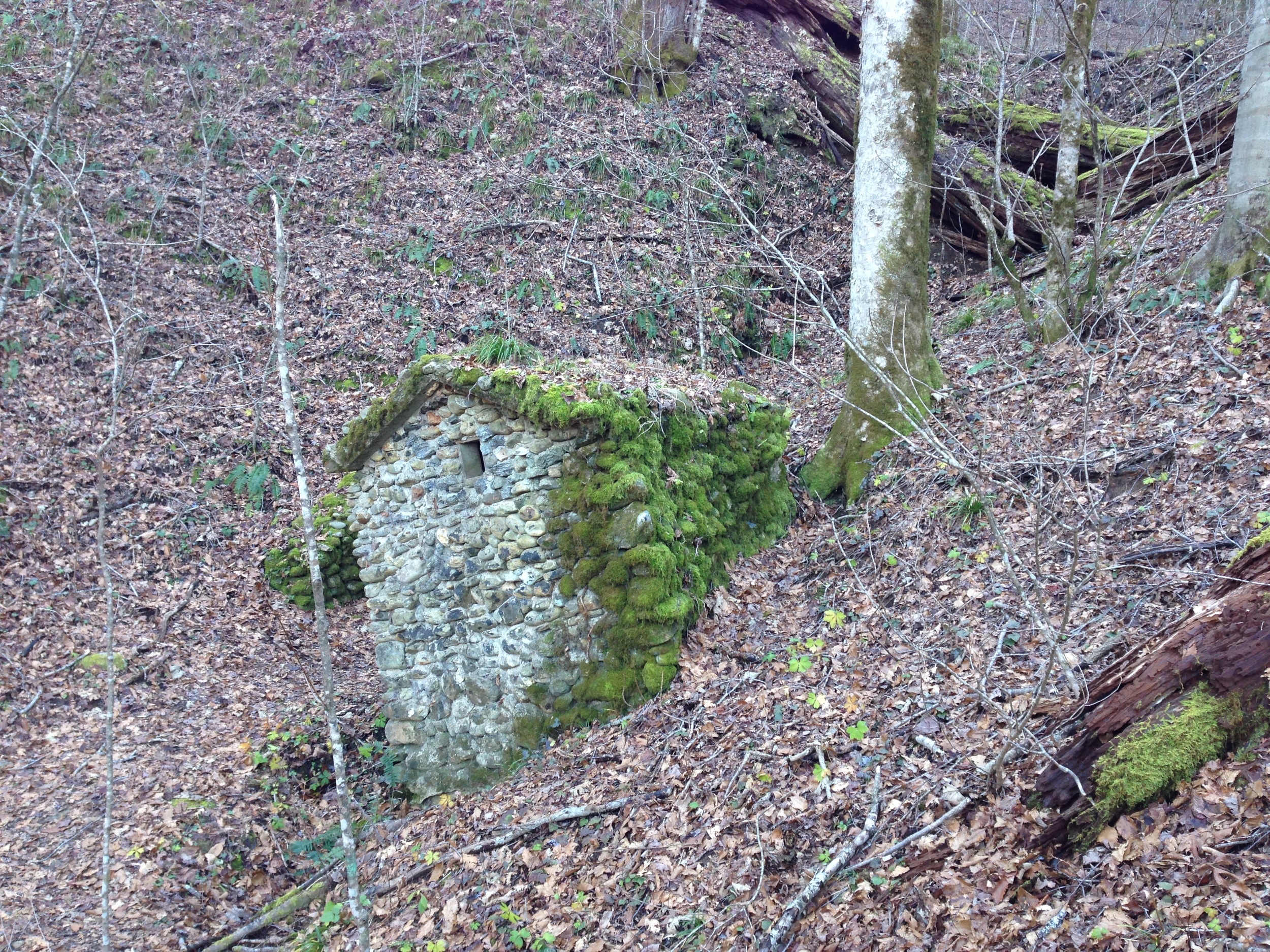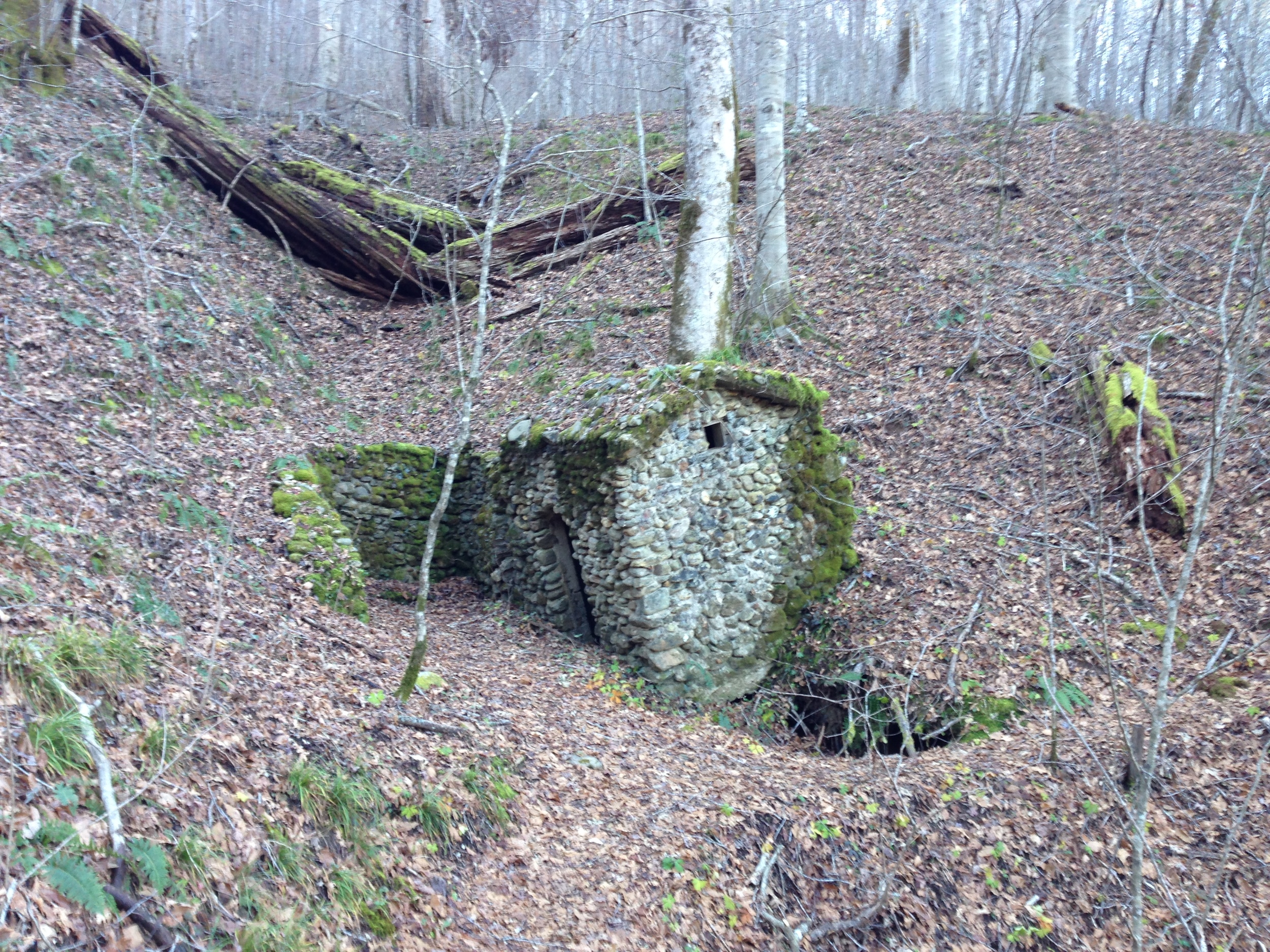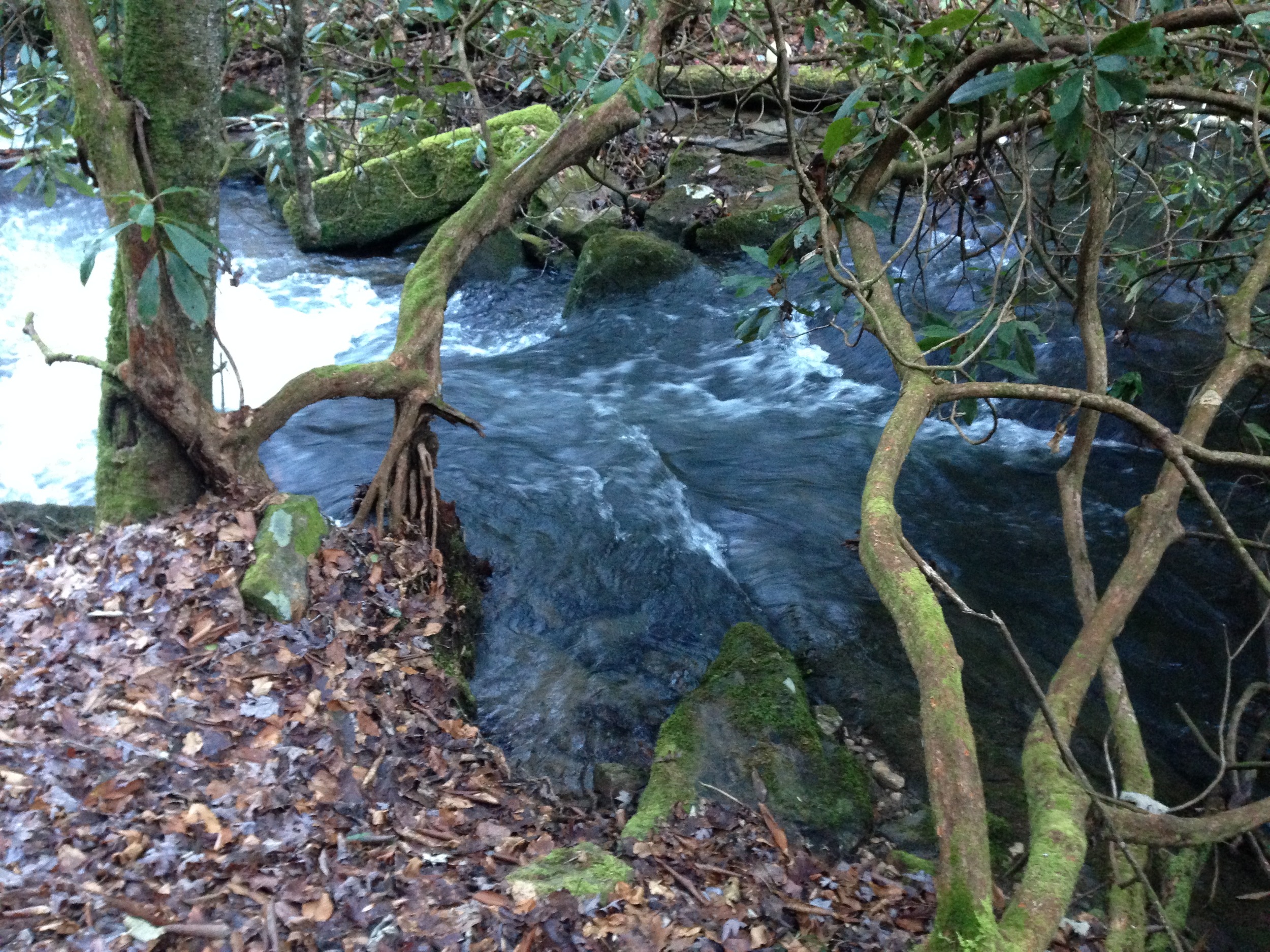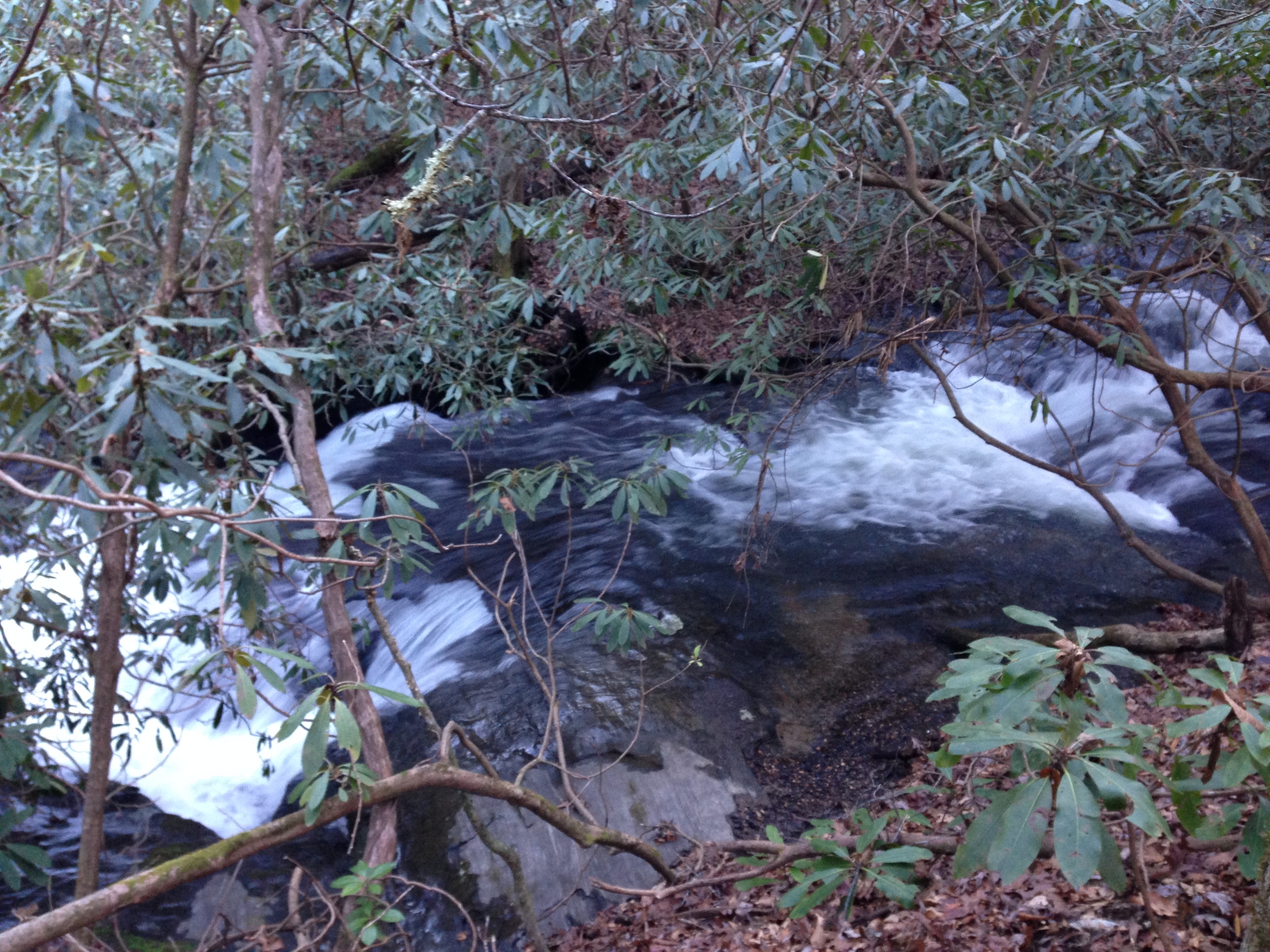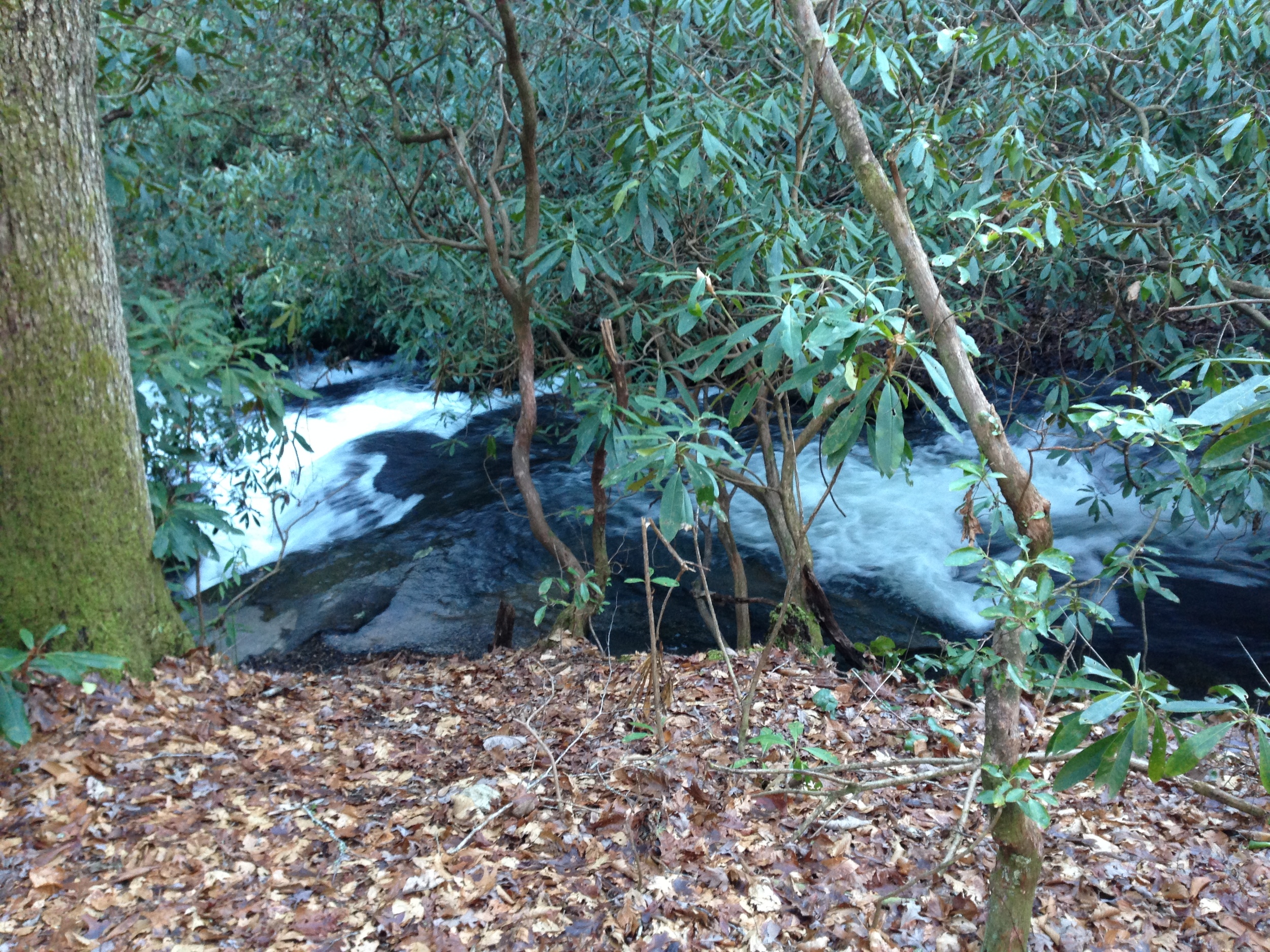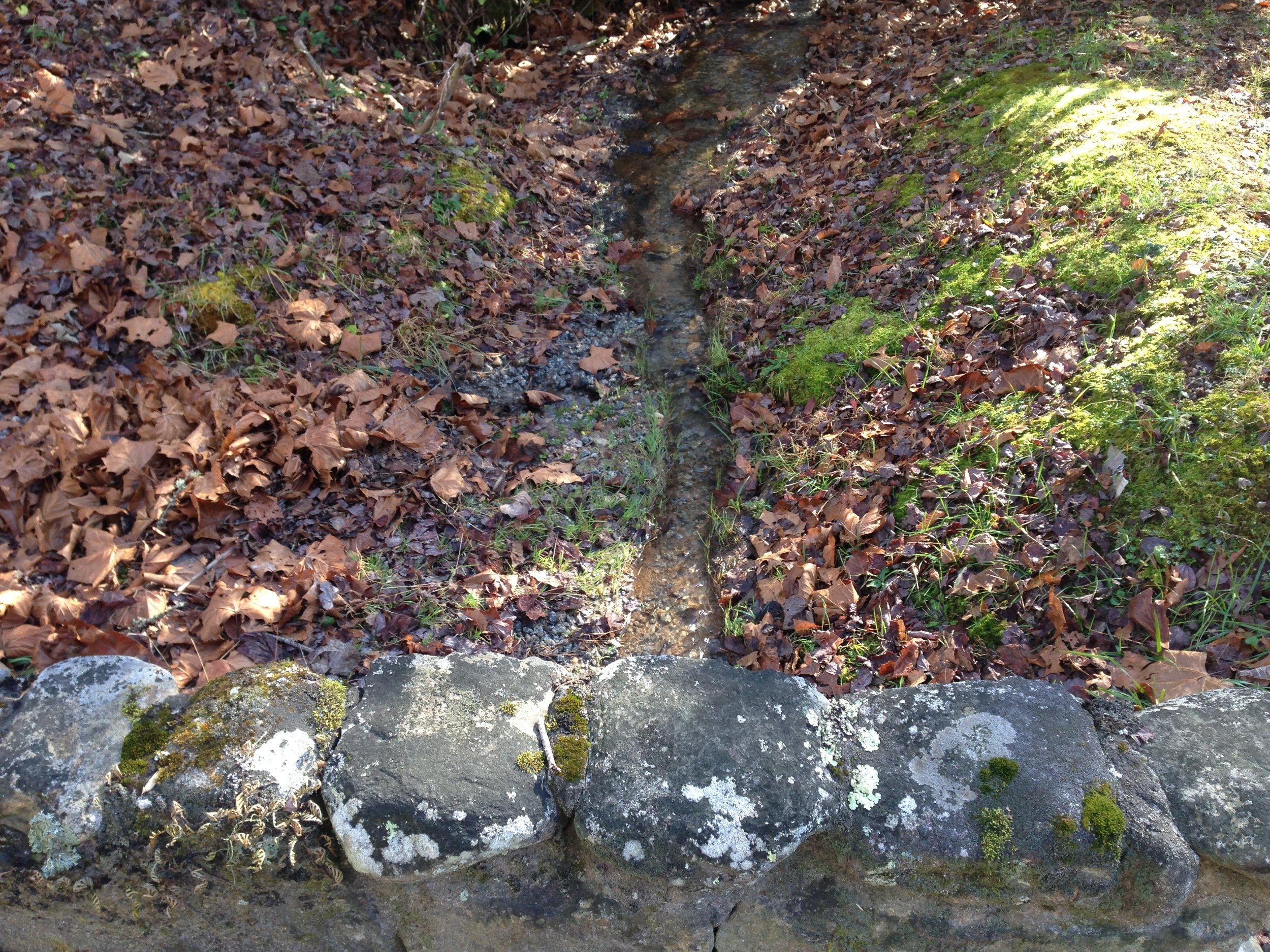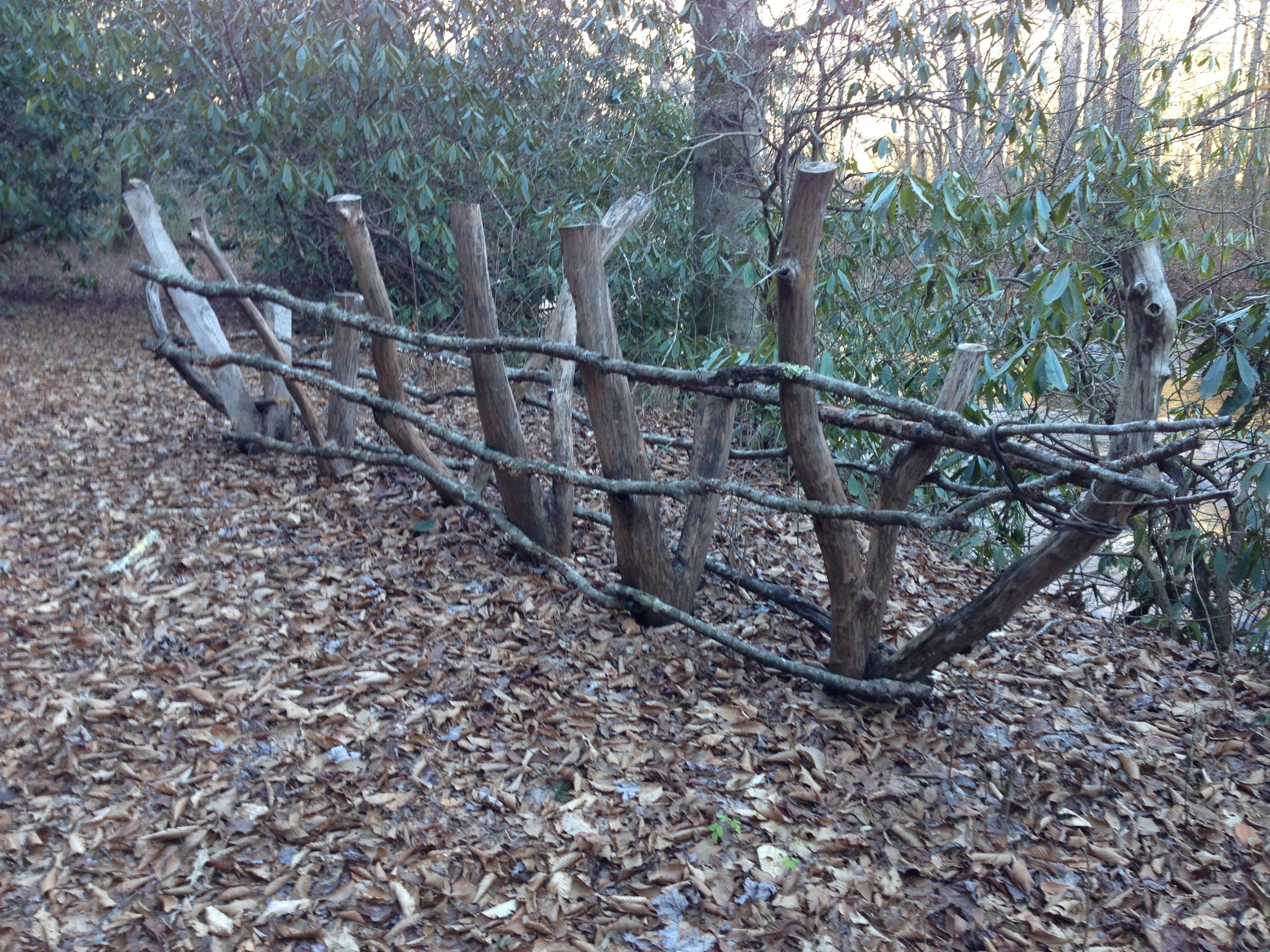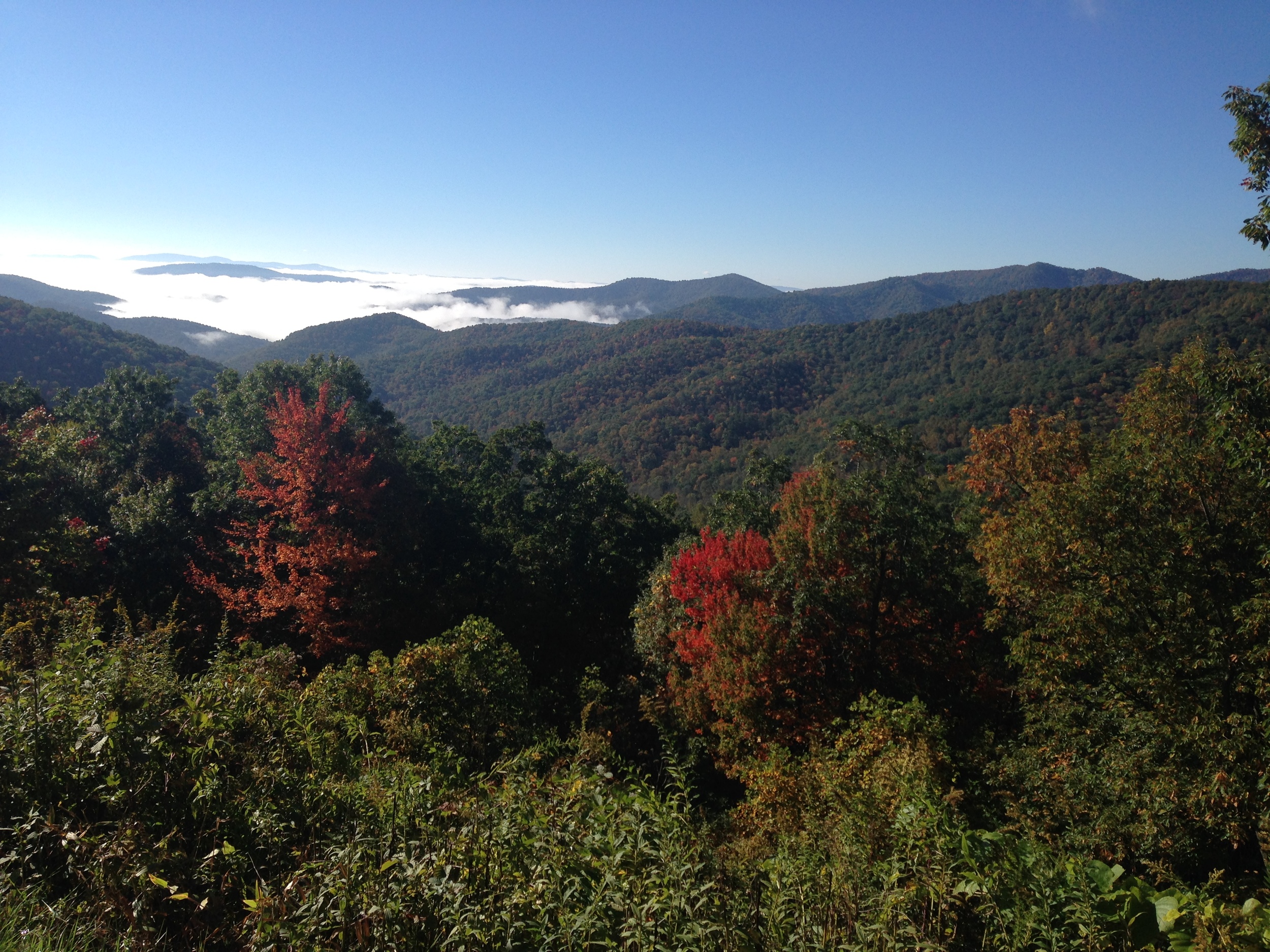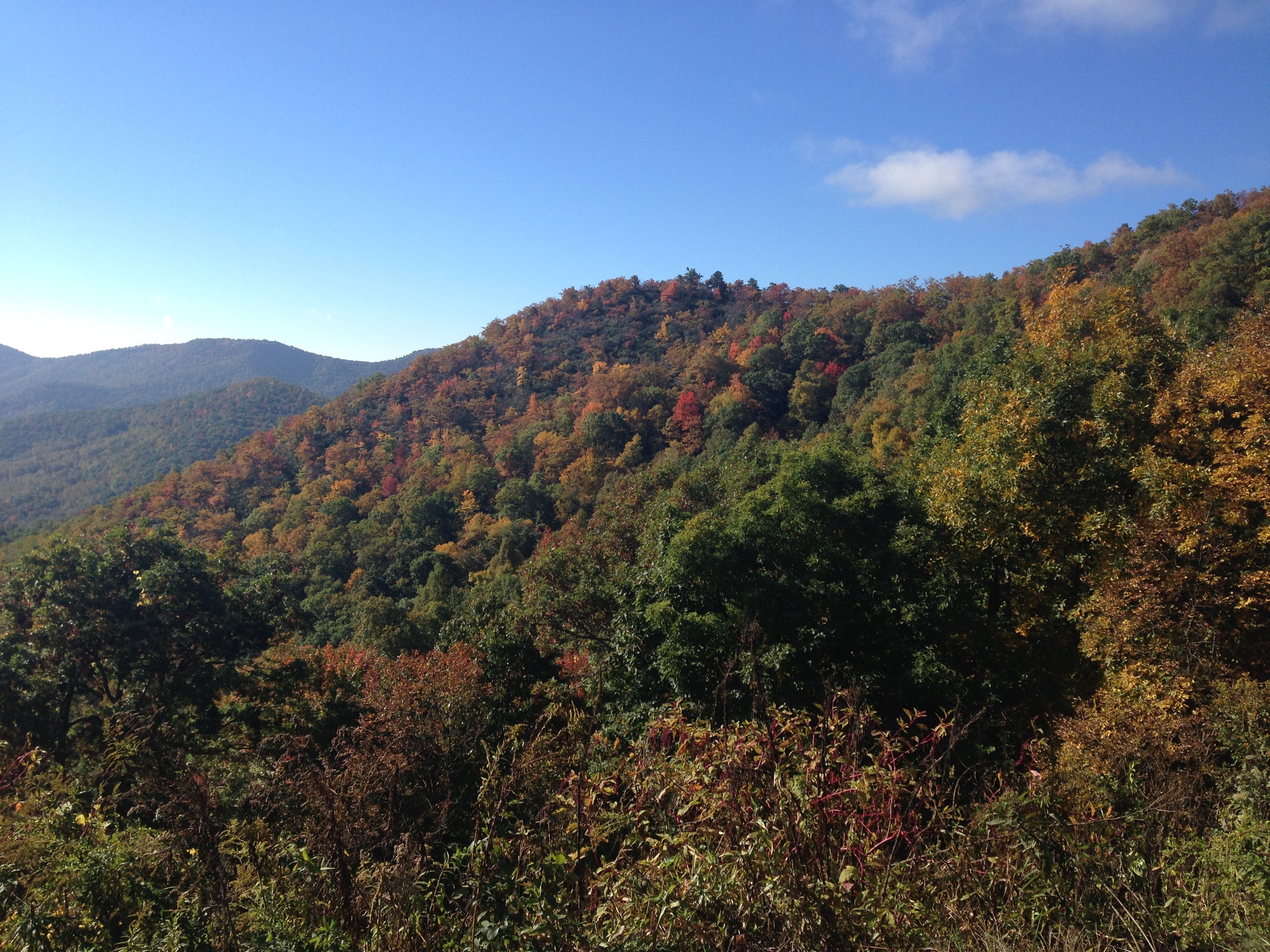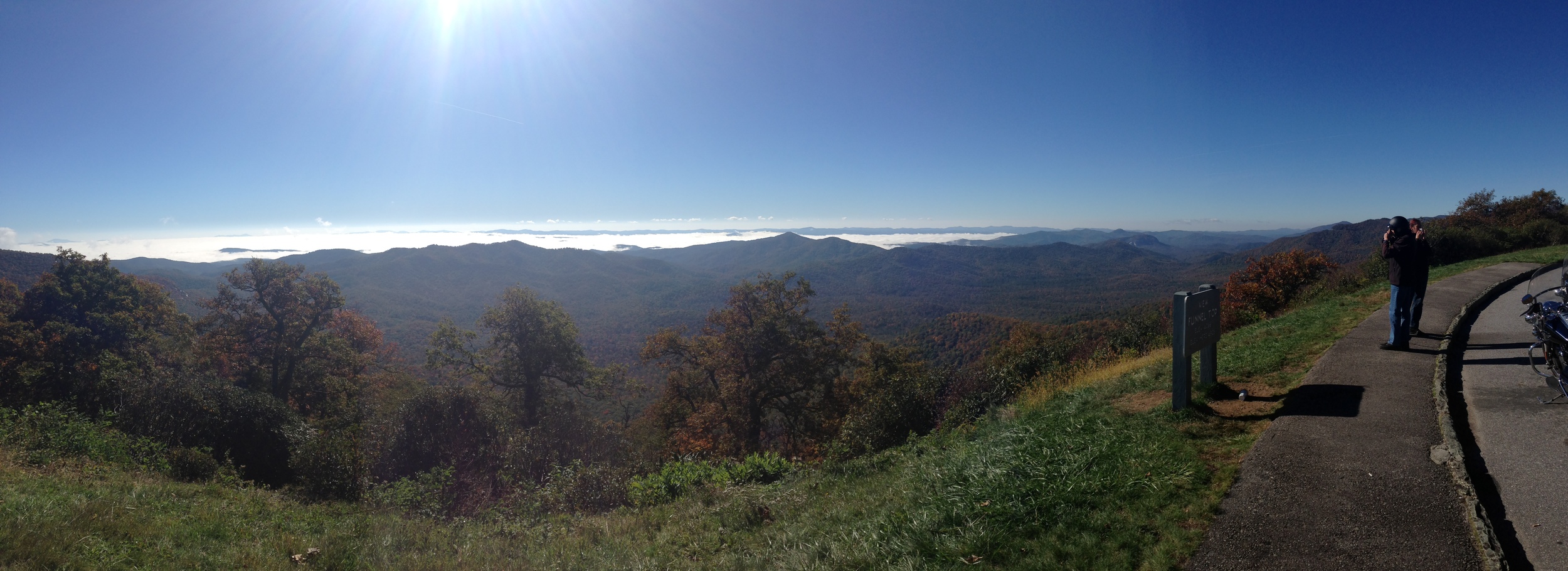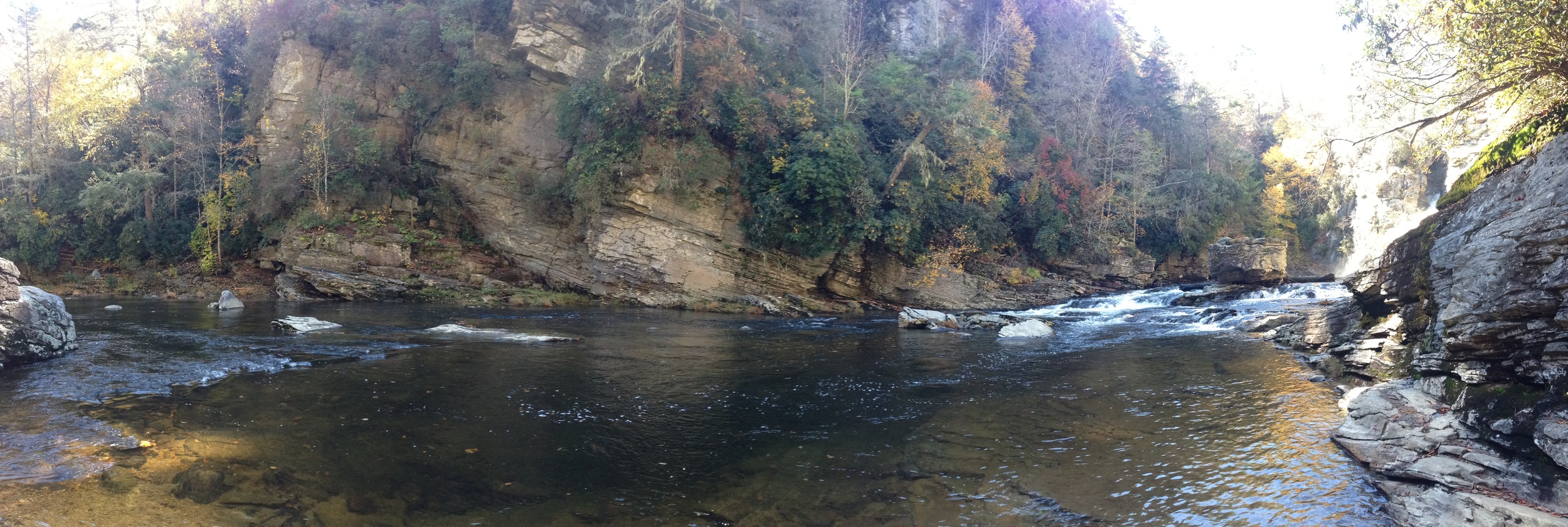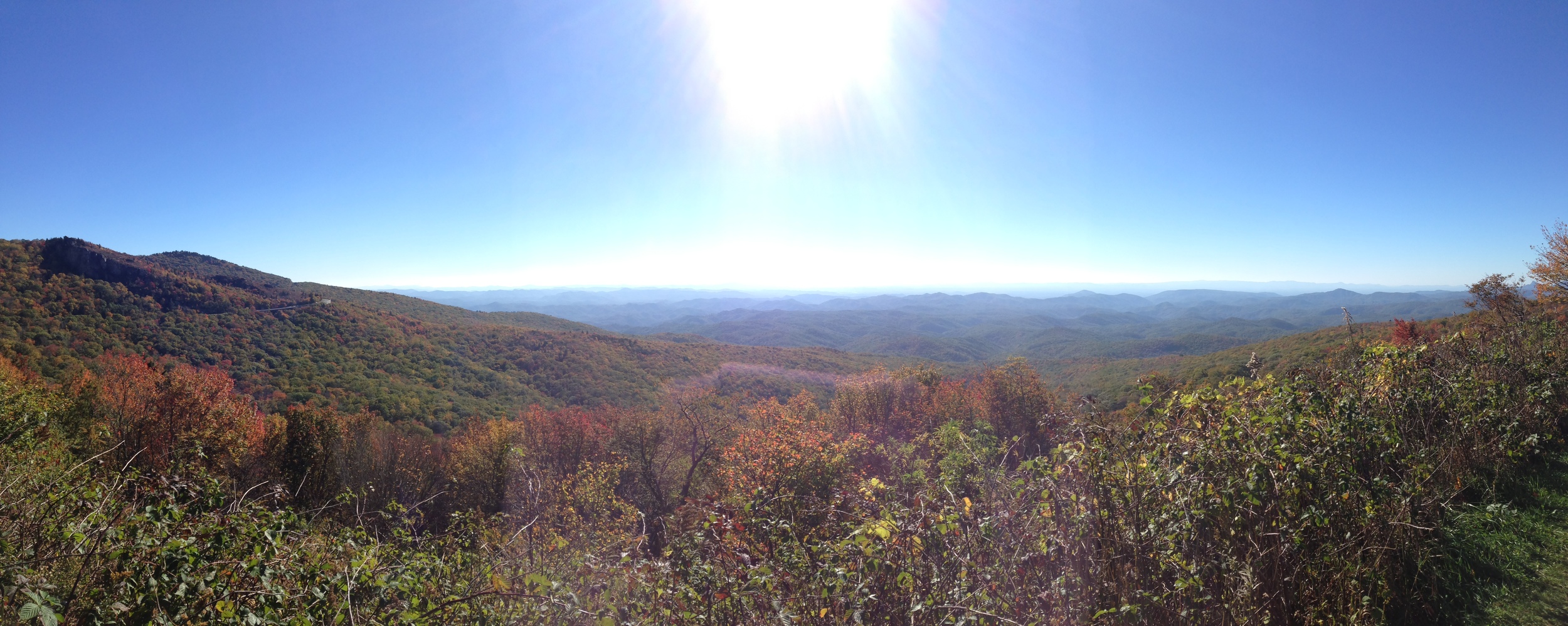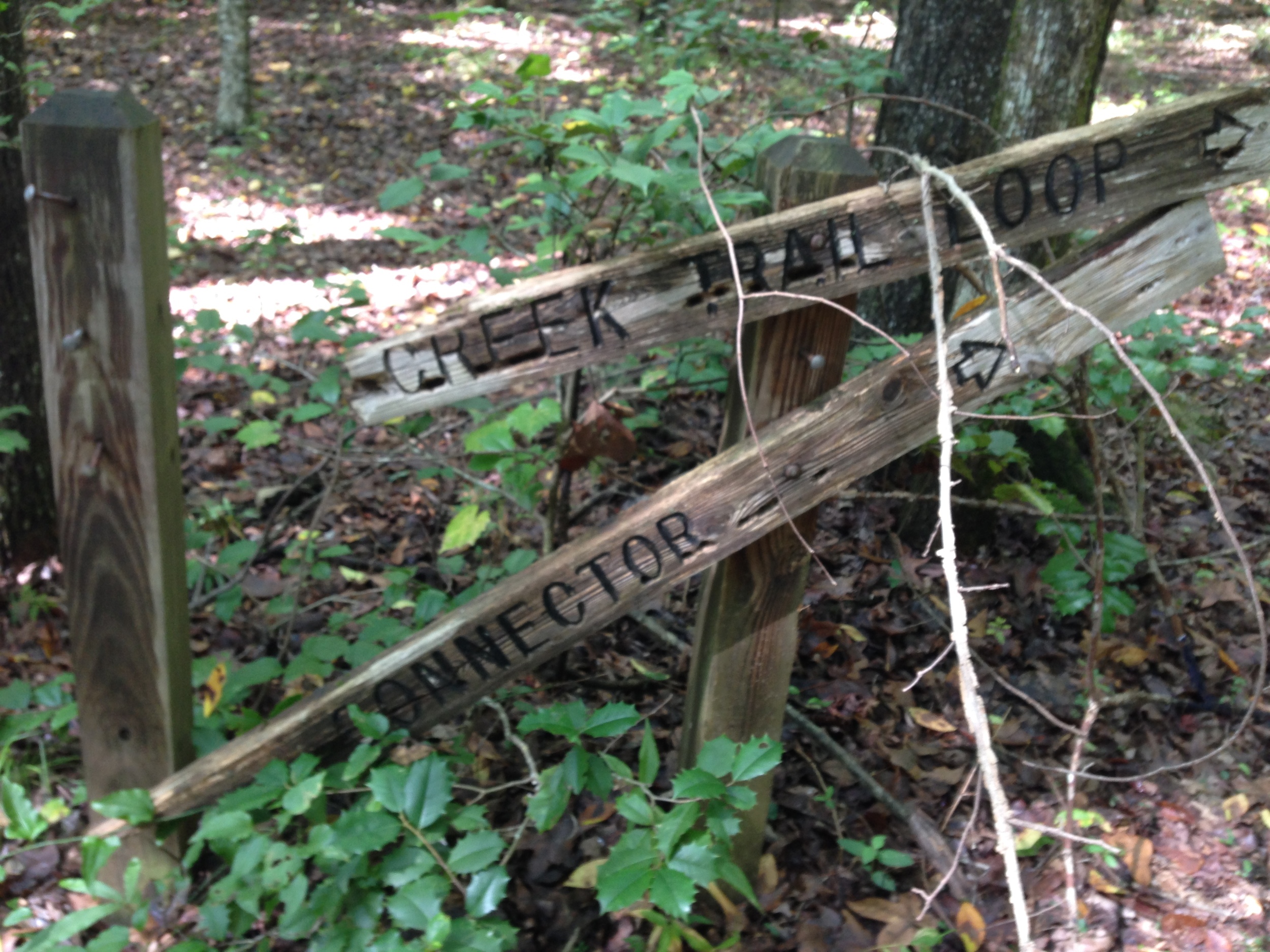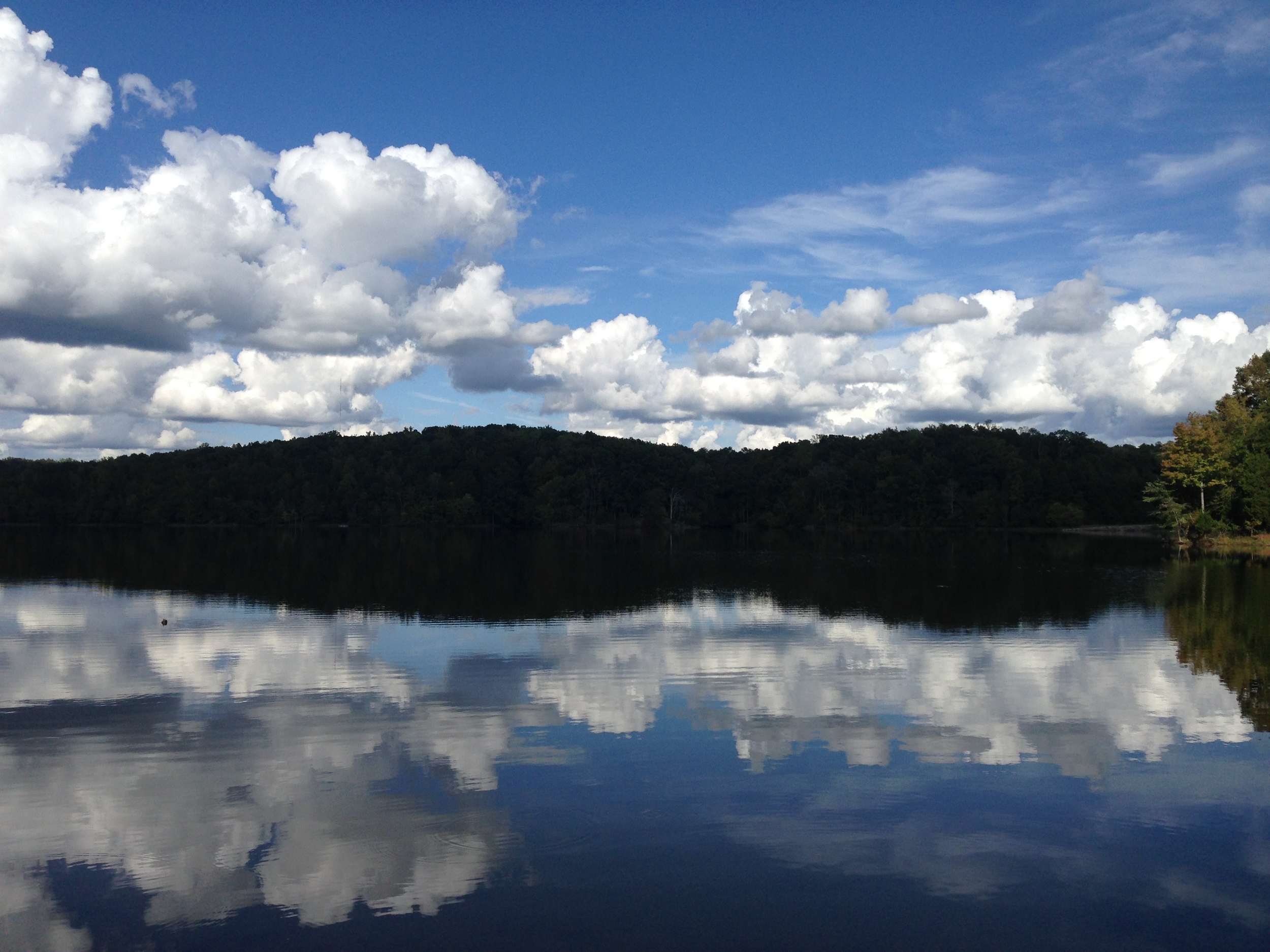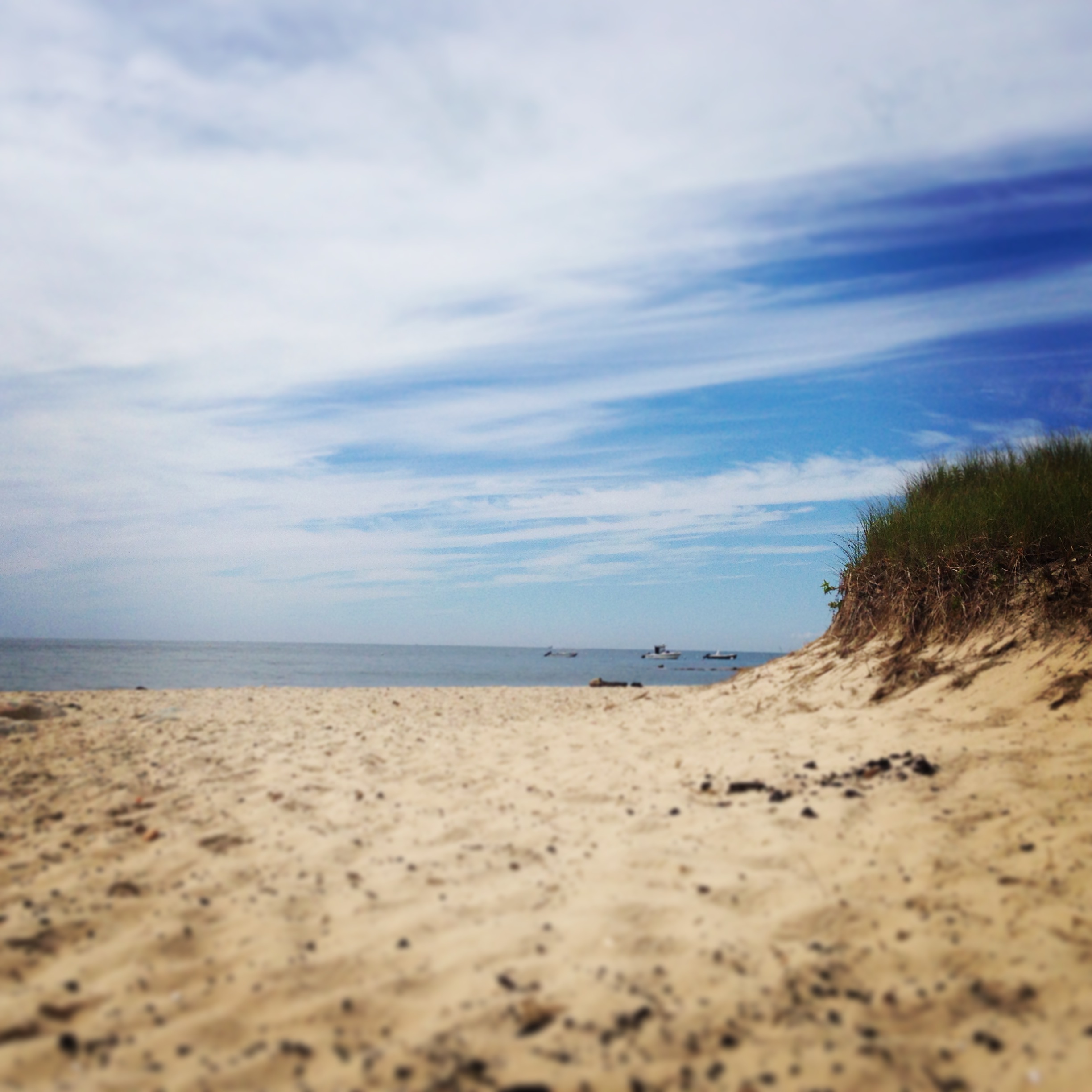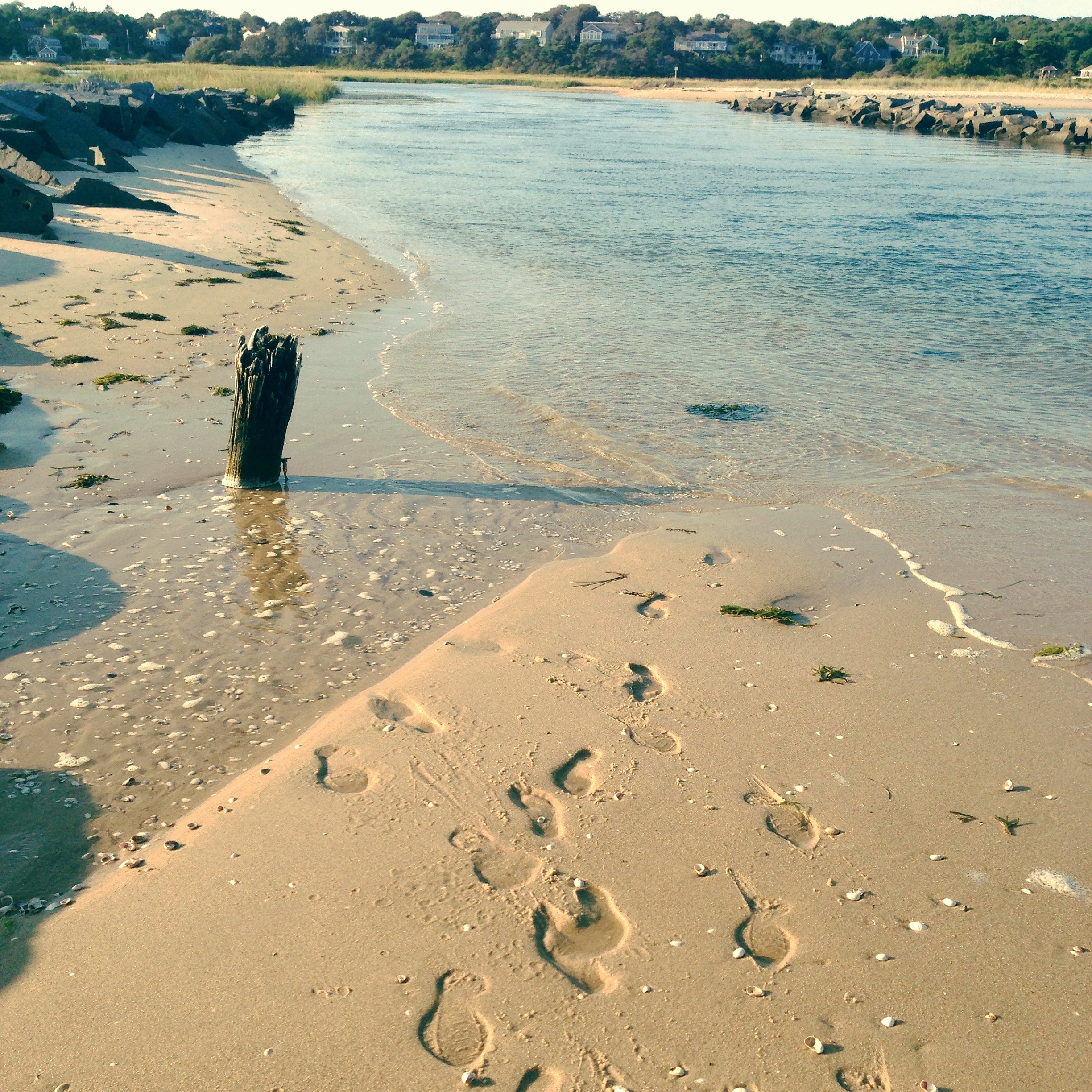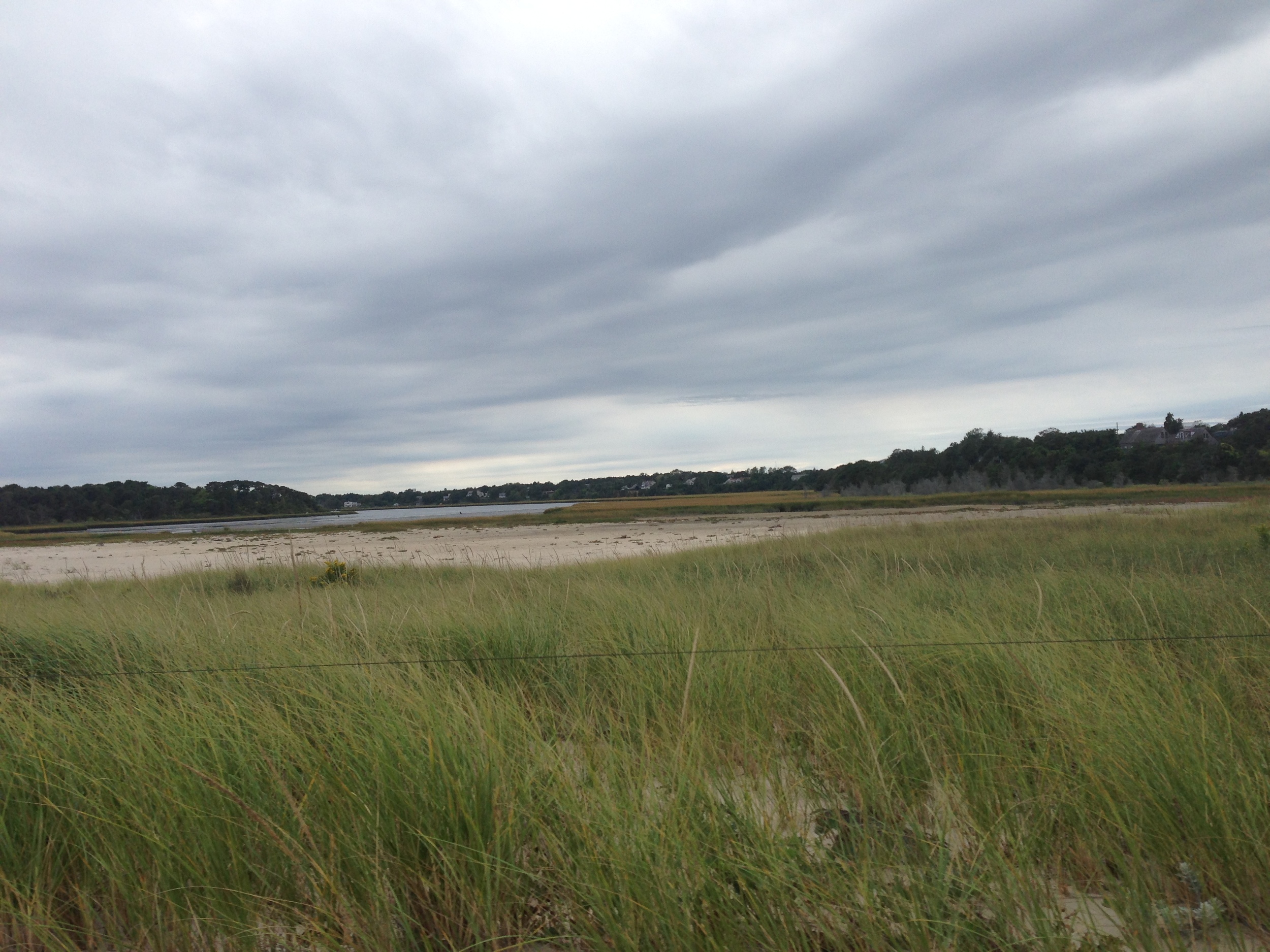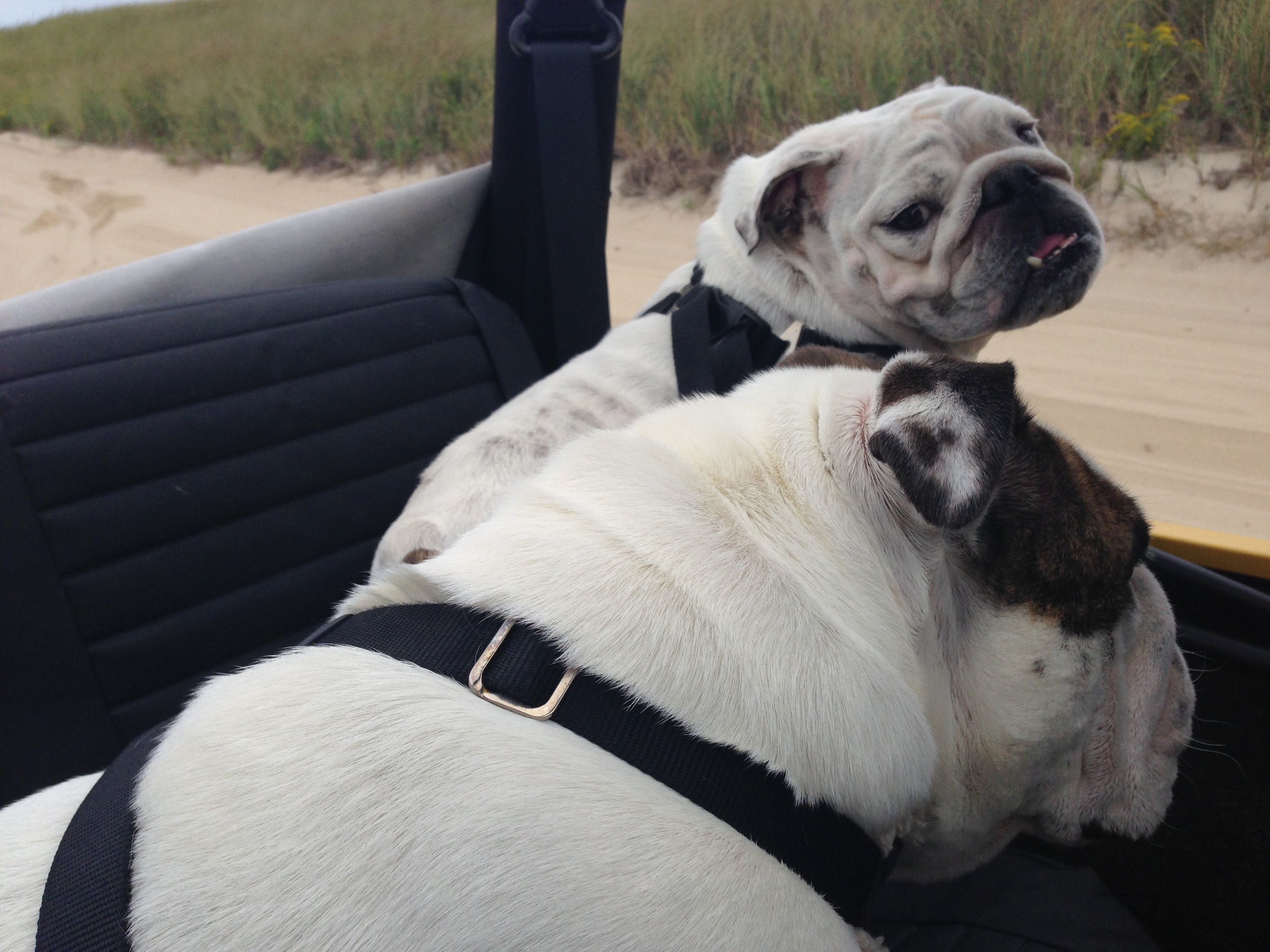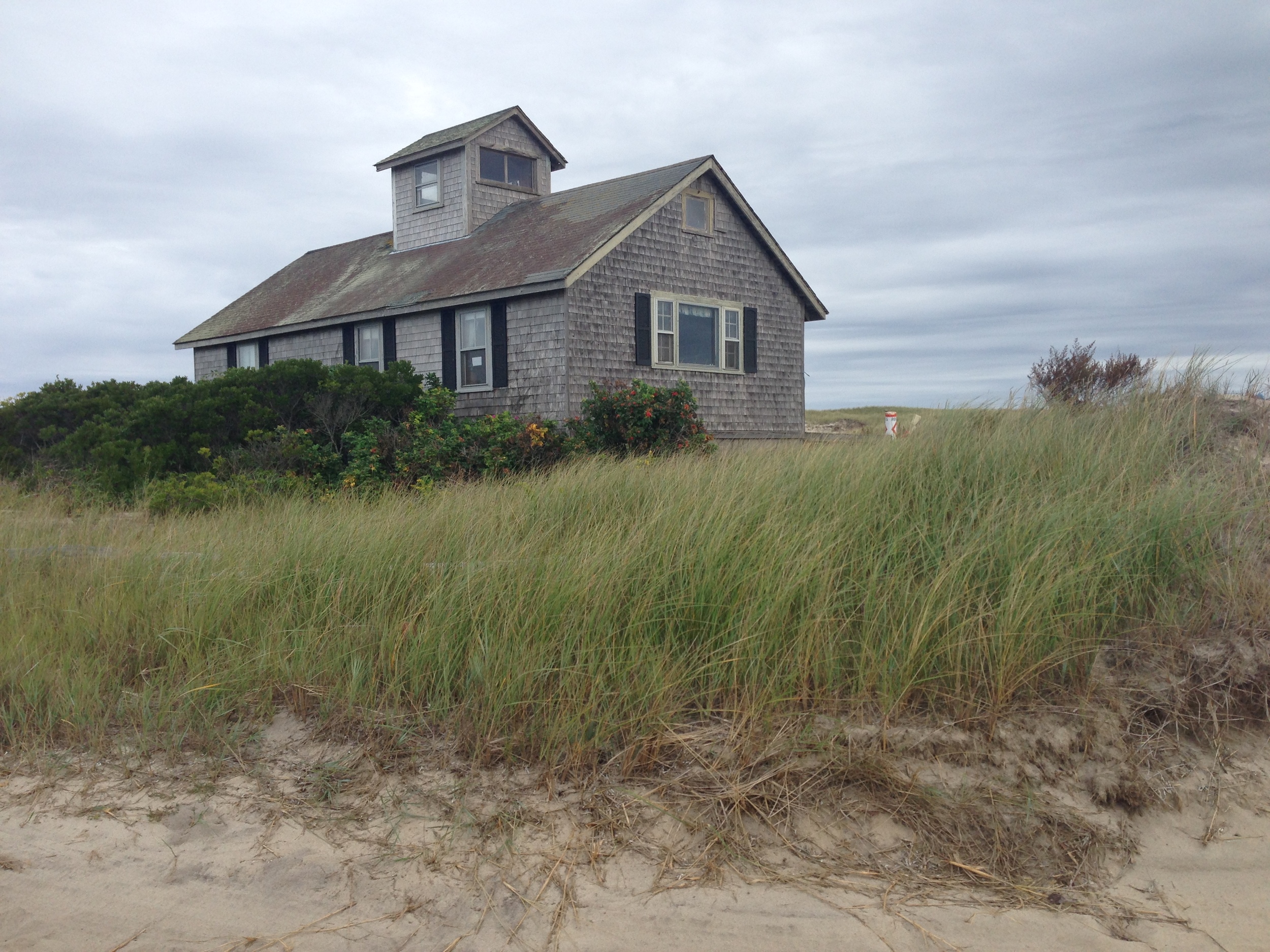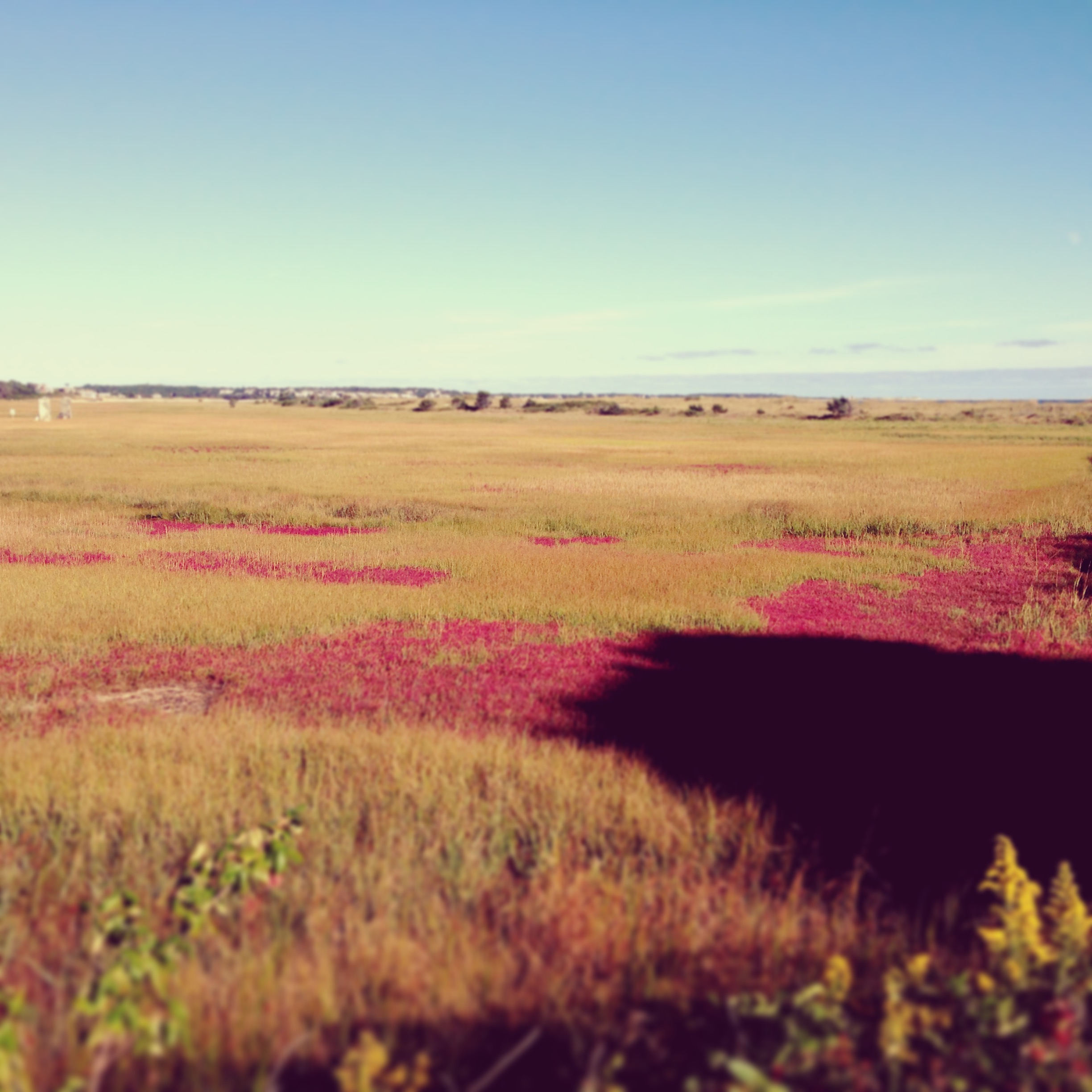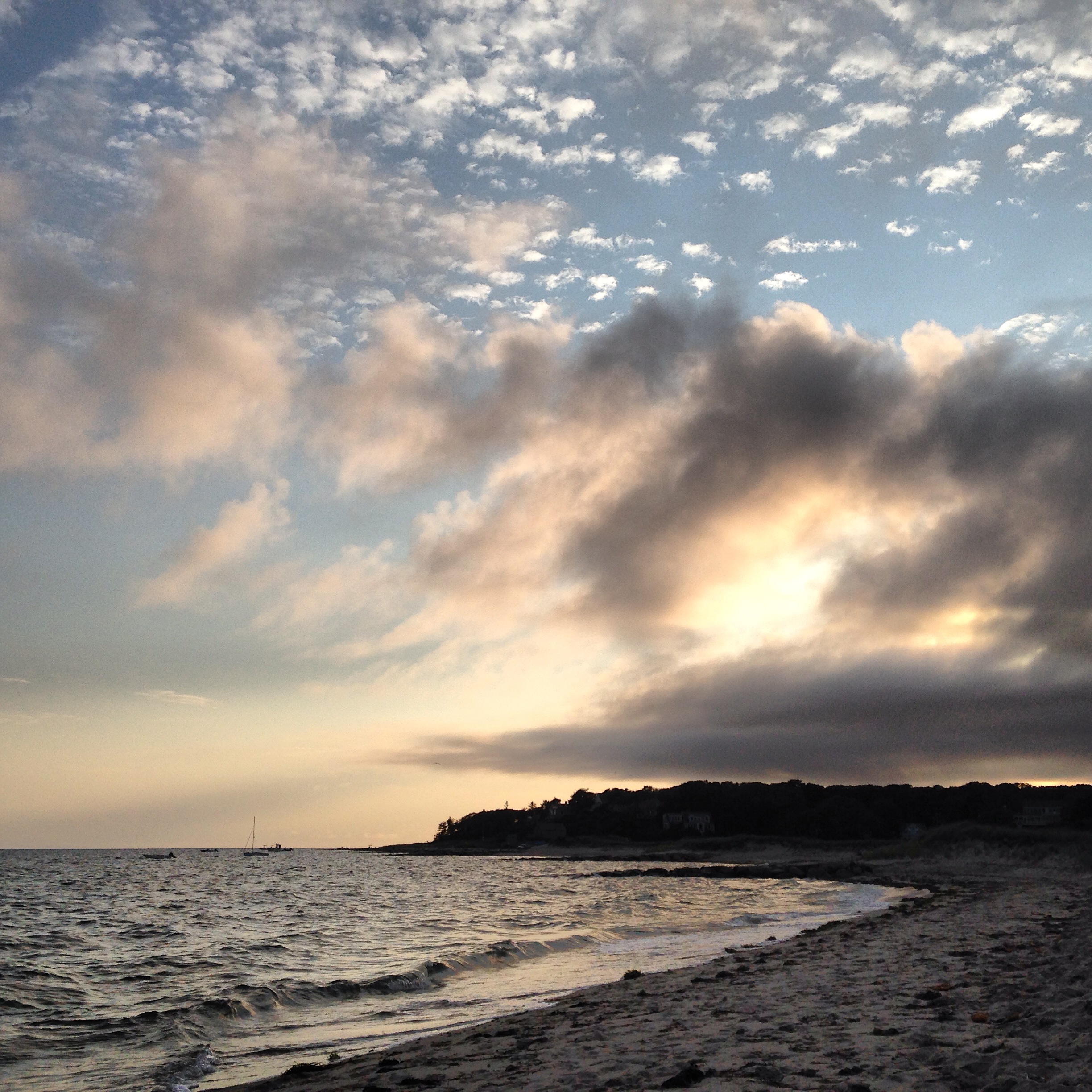National Poetry Month- Does poetry matter?
"Does poetry matter?"
That was the title of a NYT Opinion Pages "Room for Debate" special in 2014. They featured seven commentators, all of whom were poets (you couldn't have picked unbiased non-poets, eh, NYT?) discussing the merits of poetry and the genre's place in today's world. Unsurprisingly, all seven landed on the side of "yes, it matters." But why does it matter?
April is National Poetry Month. A time to debate and celebrate poetry. I'm sure there are, or will be, numerous articles and posts that continue to examine poetry's place and purpose. More than any other art form- whether it be photography, painting, or even other genres of writing- it seems like poetry is always thrust into the "relevancy" conversation.
Some people say, "I just don't get poetry." Maybe they were taught complex poems in high school that are from a different era, filled with precise rhyming schemes and lots of arcane historical or mythological references. It can be hard for a casual reader to understand, or even make it through, a poem that is loaded with images and references that the reader has never heard of.
Others may dislike poetry because some poets are purposefully obscure, in an attempt to seem "deep." Poetry is sometimes labeled "pretentious." I think that's a fair criticism in some cases. Reaching for a thesaurus to replace "easy" words in your poems is a pitfall. Of course, a poet should use precise language. But that doesn't mean a poet has to use fussy or overwrought language.
To categorically say you don't "get poetry," and therefore to write it off, is a missed opportunity. I might be naive in believing that anyone, regardless of education or training, can appreciate some form of poetry. But I do believe that.
Every civilization has had poetry, even ones without written language. Oral traditions are a form of poetry. The sound of the words is critical in poetry; that's why poetry and music are closely related. Poetry can, and has been, used as a shorthand for larger themes and stories.
David Biespiel's response is spot-on, I think. He writes:
"In the same way that poems illuminate our individual lives, poems also help us understand ourselves as a culture. Or at least they spur us to ask the questions...
If we care about the deepest aspirations of men and women across every community and culture, language and race, then poetry is always relevant because it is the art of the utterance of what we share in our innermost psyches.
Since culture and society existed both before we live and after we die, poetry is a link to our passage through our own time and a record of poets’ perspectives throughout time.
We know that human beings are intrinsically connected to one another in how we assert our being. When we read a poem, we are in the presence of this link. We are open to the metaphors of our shared natures."
So, to answer the NYT question: yes, I think poetry matters. But not because it's some grand artistic expression that requires the reader to have a PhD in literature. At its best, poetry is for everyone who wants to sit down and read it.
One last note - - - Though they were novelists, not poets, I think the famous exchange between William Faulkner & Ernest Hemingway gets at the heart of how we should think about poetry, and all writing.
Faulkner wrote, in reference to Hemingway, "He has never been known to use a word that might send a reader to the dictionary."
Hemingway's response? “Poor Faulkner. Does he really think big emotions come from big words?"
A few of my favorite poetry collections:
Arleene Paré, Lake of Two Mountains
This volume is stunning. This Canadian poet's collection is "a portrait of a lake, a relationship to a lake, of a network of relationships around a lake." Paré's use of language is just perfect. She pairs words that I never imagined together. The way she describes nature, so seemingly banal and overdone in poetry, is somehow fresh. Here's the synopsis from the cover: "It maps, probes and applauds the riparian region of central Canadian geography that lies between the Ottawa and the St. Lawrence Rivers. The poems portray this territory, its contested human presences and natural history: the 1990 Oka Crisis, Pleistocene shifts and dislocations, the feather-shaped Ile Cadieux, a Trappist monastery on the lake’s northern shore. As we are drawn into experience of the lake and its environs, we also enter an intricate interleaving of landscape and memory, a reflection on how a place comes to inhabit us even as we inhabit it."
Adrienne Rich, Dream of a Common Language
No list of major poets of the 20th Century would be complete without Rich. The content of this collection may not seem scandalous to modern eyes, but it was extremely controversial when it was published.
In 1953, Rich, who was educated at Radcliffe, married a Harvard economist and ultimately had three children with him.
But, Rich was secretly a lesbian. She and her husband separated in 1970, and he committed suicide later that year. When Twenty-One Love Poems was published in 1976, it was her effective "coming out." The series addresses her lesbian desires, but the poems go beyond just describing a same-sex relationship. They are simply sublime.
Dreams of a Common Language was published shortly thereafter in 1978 and incorporates three parts; first, Power (which is also incredible, and which every woman should read;) second, the previously published Twenty-One Love Poems; and third, Not Somewhere Else, but Here. Rich eventually became not only a lauded poet, but one of the leading radical feminist activists of her time.
William Carlos Williams
One of the best known American modernists. This is a good primer on his works. I like the selections from Sour Grapes, Spring and All, An Early Martyr, and The Wedge. Williams is more than just "The Red Wheelbarrow" or "This is just to say" (though those are both lovely, and good examples.)
Diane Wakowski- Dancing on the grave of a son of a bitch
My favorites are the series of "Astronomer Poems." They are a little "far-out" from things I would normally read. Wakowski is a "deep image" poet (yes, I had to Google that too...)
This volume is a little more accessible than some of her other stuff, but I still feel like I only half-grasp what she's talking about half the time. It feels like weird daydreaming (or sometimes, nightmares.)
But the title poem is so badass. It's a searing middle-finger to her "motorcycle betrayer." Hell hath no fury...
In the Heat of Shadows: South African Poetry 1996-2013, edited by Denis Hirson.
I bought this in Cape Town, South Africa in January 2015 when I was visiting a good friend who was serving in the Peace Corps in Lesotho (which is landlocked by South Africa.) It's a collection of post-apartheid poetry that shows a nation still grappling with identity, politics, and relationships to land and community- but from a different angle.
The collection features poetry in English, Afrikaans, isiXhosa, isiZulu, Sesotho, and Xitsonga- some of the many languages spoken in South Africa. I haven't made it through the whole anthology (there are multiple works by 33 poets) but some of my favorite poets from it are: Karen Press, Robert Berold, Mxolisi Nyezwa, Ronelda Kamfer, and David Wa Maahlamela.
On my "to-read" list:
Tracy K. Smith, Life on Mars- Smith won the Pulitzer Prize in 2012 for this collection. Her father was an engineer who worked on the Hubble Telescope, so the themes of "space" and "science" run throughout. This is the lead-off on the back cover: "With allusions to David Bowie and interplanetary travel, Life on Mars imagines a soundtrack for the universe to accompany the discoveries, failures, and oddities of human existence." If that doesn't pique your interest, nothing else will.
Rebecca Dinerstein, Lofoten- A bilingual collection of a year spent in the gorgeous archipelago of Lofoten, Norway.
- Saeed Jones, Prelude to Bruise- Jones received pretty much unanimous praise for this debut collection in 2014. He writes about violence, race, sexuality, and living in the South, using a central figure (simply named "boy") and descriptions of "the body" to illuminate these topics.




















